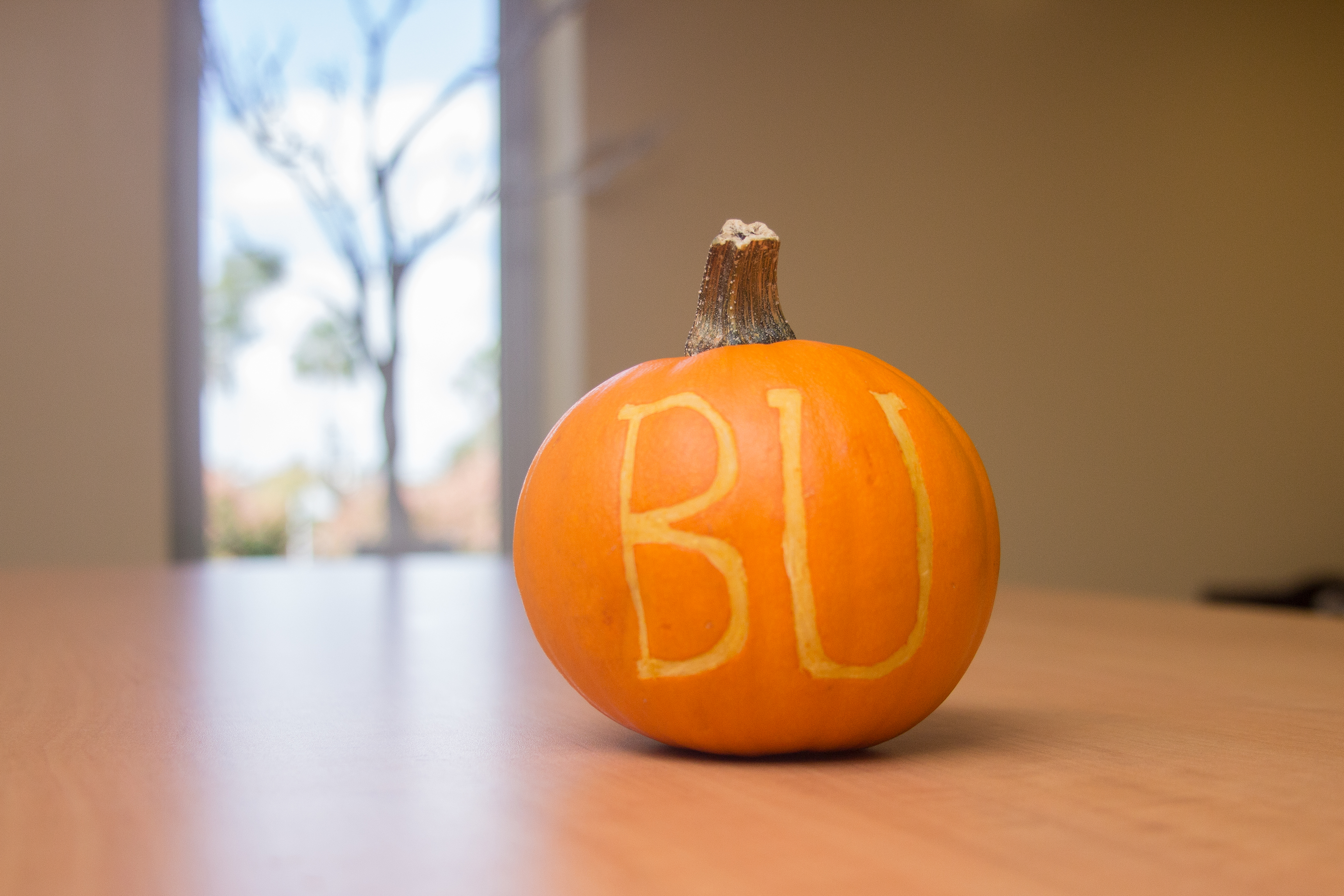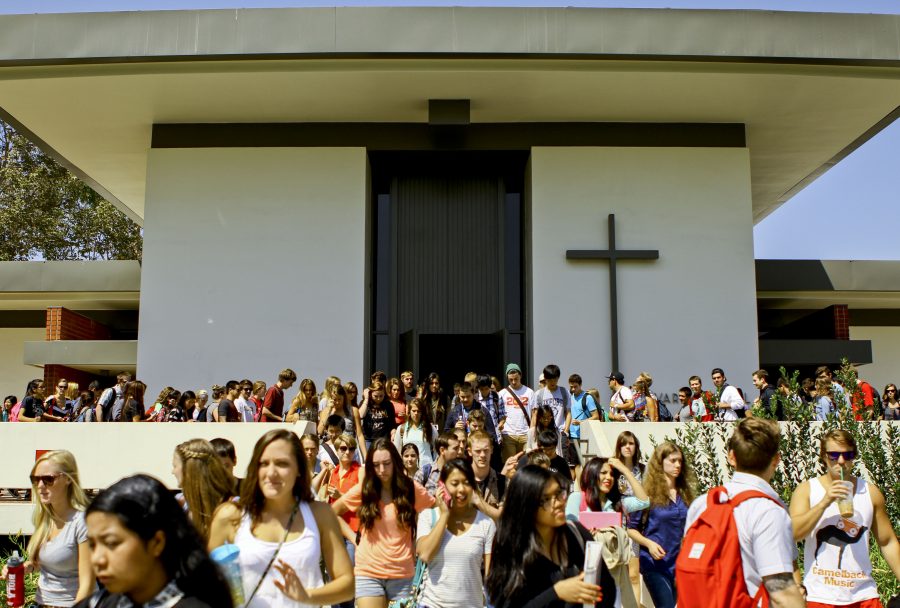From the festive glow of jack-o-lanterns lined up on the porch to the swoosh of cheap costume material during the search for candy, many remember Halloween with the sweet exhilaration of childhood freedom. However, this time of year looks very different for students who did not grow up celebrating Halloween or who celebrated another holiday altogether.
The commercialized adaptation of Halloween involving costumes and candy is regarded as a largely American tradition that did not spread to other countries until the early 1990s. However, many countries celebrate their own holidays on October 30 such as Día de los Muertos in Latin America and All Saints’ Day across the world.
CELEBRATING THE DEAD
On All Saints’ Day in the Philippines, members of the largely Roman Catholic population return to their home provinces to visit the graves of their deceased relatives, said freshman journalism major Sunday Ross.
Ross, who has lived in the Philippines with her family for the past 12 years, describes All Saints’ Day as a day to respect one’s family, culture and religion, unlike the commercialization that characterizes Halloween in the US.
“With Halloween it’s more like ‘What’s the point?’ I know that the people who are doing it are just doing it for fun, so it’s not like I really missed out on anything,” Ross said.
Sophomore political science major Emily Vivanco similarly witnessed the celebration of Day of the Dead during her upbringing in Mexico, although like Ross, she did not personally participate in the holiday.
“I did not grow up celebrating Día de los Muertos. While it can be called a cultural holiday, it is also a very religious holiday that Christians in Mexico do not participate in. Instead, churches often plan alternate activities such as worship and prayer events. This helps to emphasize Christ's saving grace in life and death during this time when death is glorified,” Vivanco said.
Vivanco’s unique experience allowed her to see the more serious side of Halloween that many Americans often glance over. In contrast, freshman nursing major Dominique Kaijser experiences the same nostalgia for her childhood Easter celebrations in Sweden that many Americans have for Halloween.

DARK ROOTS
While celebrated on opposite ends of the year, the Swedish Easter and American Halloween share similar backgrounds. In Sweden, a common Easter tradition involves children dressing up in baggy skirts and blouses. They sport bandanas and use makeup to create freckled, rosy cheeks in order to look like the “Easter Maids” from a traditional folktale. As they go from door to door the children say “Happy Easter” in exchange for candy or, more commonly, apples.
The actual holiday has its roots in a darker Swedish folktale involving witches flying off to meet with the devil. However, influences like Christianity and commercial industry have eclipsed it, much like the originally pagan Halloween, into a significantly more innocent, kid-friendly celebration to the extent that most people have become unsure of the real backstory.
“It’s just such a unique tradition. I don’t miss the actual holiday itself, but looking back at pictures of it makes me miss my Swedish culture as a whole,” Kaijser said.
Even though these students grew up without Halloween, many of them still experienced it at some point. Despite the lack of trick-or-treating, Kaijser recalls a Halloween party her family hosted when she was little.
“We had all of our friends from daycare over and I dressed up as a witch and my dad was Dracula, but if you were to go trick-or-treating in Sweden people would be like, ‘Why are you here?’” Kaijser said.
Growing up in Nairobi, Kenya, freshman sociology major Seth Mairori’s only exposure to Halloween involved the decorations set up at the local mall. When he and his family moved to Fresno, California in 2000, Mairori easily adopted his classmates’ excitement for candy and even carved pumpkins but refrained from celebrating Halloween further because of religious concerns that his parents had as Christians.
“In Kenya, people just think that Halloween is an American thing. They don’t have any knowledge of its history or what it really is,” Mairori said.
The varying levels of familiarity that these students have with Halloween allow them to see it from different perspectives with differing levels of cultural and religious influence.
Whether carving pumpkins, trick-or-treating with friends, or remembering loved ones, this time of year holds different meanings for everyone. Remembering the cultural diversity of many of the students on campus may give new meaning to the beginning of this holiday season.







